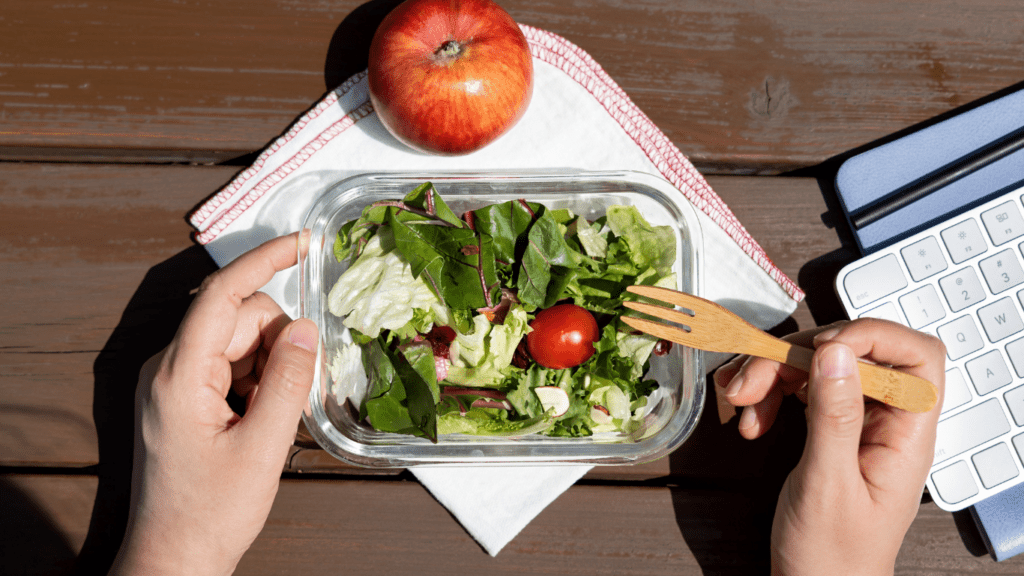When you’re trying to help your child thrive in school, figuring out where to start can feel overwhelming. The good news: the right tools and strategies can make a real difference. That’s where the active learn parent guide fparentips comes in. This essential topic unpacks how parents can support their child’s learning with ActiveLearn—a digital learning environment—while staying engaged, informed, and confident in their role.
What Is ActiveLearn, and Why Should Parents Use It?
ActiveLearn is an online learning platform developed to bridge classroom education with at-home reinforcement. Schools use it to assign interactive activities, lessons, and homework. The platform supports subjects like math, reading, and science with multimedia tools designed to keep kids interested.
For parents, this is a window into what their child is learning and how well they’re grasping it. The platform grants immediate access to your child’s assignments, progress reports, and resources. With the active learn parent guide fparentips, you get step-by-step direction on how to use these tools effectively—without needing to master every button or interface nuance on your own.
In short, ActiveLearn makes it easier to support your child’s education without hovering or stressing over details.
Getting Started: Set Up and Navigate with Confidence
The first step is logging in. Once you’ve received credentials from your child’s teacher or school, head to the ActiveLearn login page. After logging in, you’ll find a dashboard showing any assigned activities and performance information.
Here’s what you want to look for:
- My Stuff Area: This houses all assigned activities and digital books.
- Reports: These track your child’s progress, helping you identify areas where they’re excelling—or need support.
- Rewards: Students collect points for completed tasks, gamifying the learning experience and keeping motivation high.
The active learn parent guide fparentips includes clear visuals and simple walk-throughs for these features so you don’t waste time poking around menus or guessing.
Making Learning Consistent at Home
Most kids need a structured routine to succeed. ActiveLearn works best when it’s woven into a regular schedule. Even 20–30 minutes of focused time per subject, a few times a week, can make a big difference.
Here are some best practices:
- Set the Environment: Find a quiet, well-lit spot that’s free from digital distractions.
- Be Present, Not Overbearing: Let your child explore the learning material freely, but stay nearby to encourage or redirect when needed.
- Use the Rewards System: Celebrate your child’s point milestones or completed levels to reinforce habits.
With consistent use and positive reinforcement, you’ll see higher engagement levels—and fewer homework battles.
Working Through Common Challenges
At some point, you’ll hit snags. Maybe your child resists logging in, or the interface feels clunky. That’s normal.
Here’s how to troubleshoot smartly:
- Technical Issues: If something doesn’t load or pages stall, try switching browsers or clearing cache. Often it’s that simple.
- Motivation Dips: If your child hits a lull in interest, revisit the rewards tool or ask the teacher to mix up the assignments. Variety helps.
- Too Much Help: It’s tempting to guide your child to the correct answers, but resist that urge. Let them try, make errors, and learn from feedback.
Following the guidance in the active learn parent guide fparentips can help you sidestep the most typical traps and keep moving forward productively.
How Teachers and Parents Can Collaborate
You’re not in this alone. Teachers use ActiveLearn, too, assigning specific activities based on curriculum plans and student needs. That means your observations and feedback matter.
Here’s how you might work with the teacher:
- Clarify Objectives: Ask what concepts your child should focus on during each unit.
- Share Observations: If you notice repeated struggles or improvements, email a quick update.
- Get Adjustments: If your child needs an easier entry point, ask about differentiated assignments or alternate activities.
This communication creates a feedback loop that benefits everyone—most of all, your child.
How to Use the Parent Guide Strategically
The active learn parent guide fparentips wasn’t built to be skimmed once and tossed aside. Think of it like a quick-reference tool. Here’s how to use it intentionally:
- Bookmark Sections: Tag pages that show progress tracking, assignment navigation, or login help.
- Keep It Nearby: Print the guide or keep it saved to your browser favorites so you can pull it up fast.
- Revisit as Needed: If your child switches grade levels or curriculum changes, check back in. The platform evolves, and so should your usage.
This isn’t about turning you into a tech expert—it’s about empowering you to stay involved without burning out.
Final Thoughts: Keep it Simple and Steady
You don’t need to micromanage your child’s learning. You just need to show up consistently, provide structure, and let the tools do their job. When used with intention, ActiveLearn becomes a quiet ally that keeps your child moving forward, piece by piece.
And with support resources like the active learn parent guide fparentips, you’re not guessing your way through. You’ve got a roadmap built for real-life parents who care—but are short on time.
Stay involved, stay steady, and don’t overcomplicate it. That’s how learning sticks—and how confidence builds.



